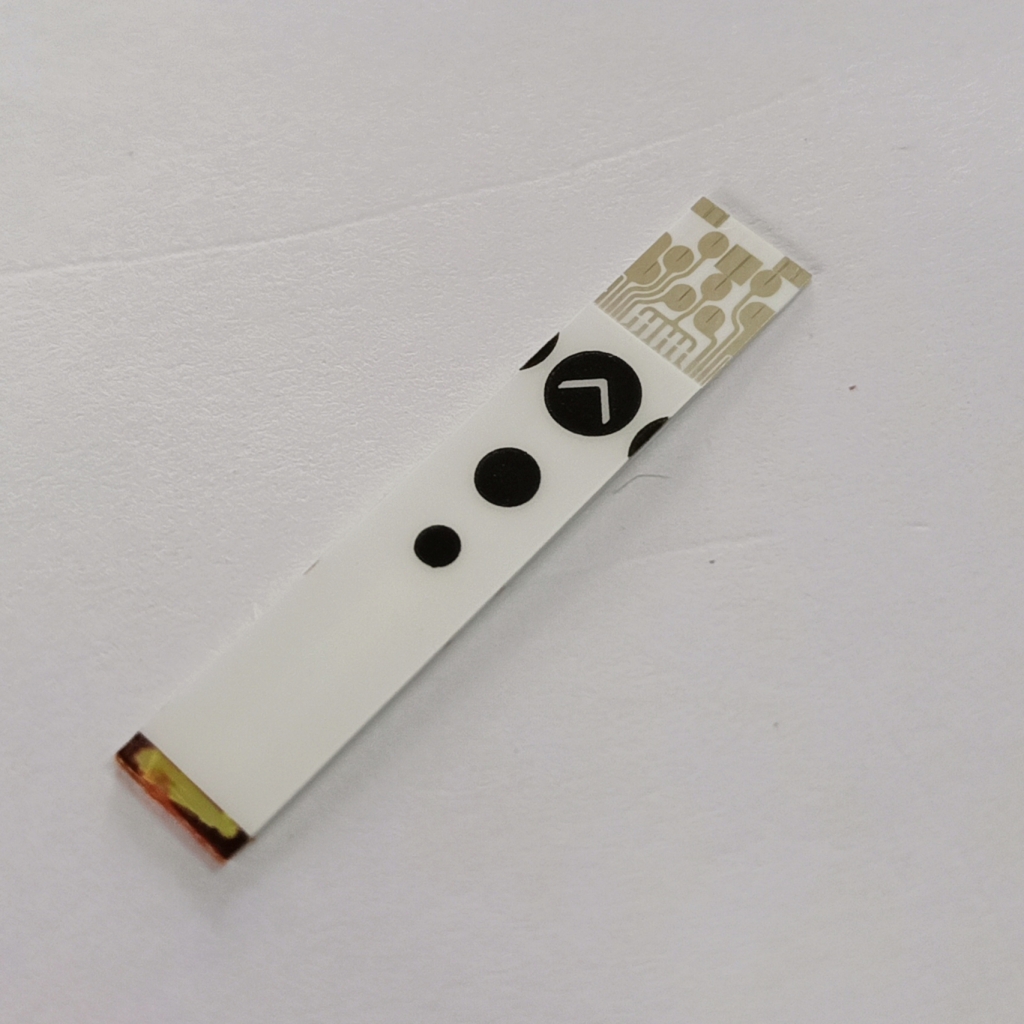


Clockwise from left: a gleaming palladium ring (from Wikimedia Commons), a shiny lump of palladium (from Wikimedia Commons), palladium as it appears on the periodic table.
Immediately after we had an element named after an asteroid, we have another element named after an asteroid with palladium. Palladium is one of the platinum group of metals, a cluster of metal elements with similar properties. One such property is that they are noble metals, which uses the chemistry definition of noble meaning “doesn’t react very easily”. Other platinum metals include ruthenium, rhodium, osmium, iridium and (no surprise) platinum. This inertness lends them to have uses as catalysts (as they won’t get changed themselves), and in jewellery as they don’t tarnish easily.
Anyway, talking specifically about palladium, the element was discovered in 1802 by English chemist William Hyde Wollaston. He dissolved platinum ore in a mixture of nitric and hydrochloric acid (known as aqua regia, or “king’s water” for its ability to dissolve metals like gold and platinum) before neutralising the mixture with sodium hydroxide. After noticing that not all the ore dissolved, he then added ammonium chloroplatinate and ammonium chloride to remove the platinum, and then finally mercuric cyanide, which made palladium cyanide that can be heated to create palladium. Strangely, after extracting palladium and determining it a new element, Wollaston did not publish his results but instead started selling it in London under the name “new silver“. When another chemist, Irishman Richard Chenevix, started to claim that the new silver was just an alloy of mercury and platinum, Wollaston revealed that he was the discoverer and provided his notes on the extraction and properties of the new element, that he named palladium after the asteroid Pallas which had been discovered months earlier. Pallas is also an alternative name for Athena, the Greek Goddess of wisdom and war.

Continuing with the similarities with yesterday’s element, palladium’s main modern use is in catalytic converters. These converters sit in exhausts on automobiles and catalyse the reaction between any carbon monoxide produced in the engine with oxygen and unburned hydrocarbons to create carbon dioxide and water. The second biggest use of palladium is as electrodes in special ceramic capacitors, which store electrical energy in circuits to help convert between AC and DC current in mobile phones.

Another big use of palladium is in jewellery. The alloy white gold is a mixture of gold with either nickel, silver or palladium, with the latter alloy being pliable enough for use in gemstone setting. Palladium white gold also has the advantage of being less likely to cause an allergic reaction than nickel white gold. Up until 2004 white gold was the main jewellery application for palladium, but in that year gold and platinum prices skyrocketed, inspiring the creation of purer palladium use. Weirdly enough, because of palladium’s great catalytic uses, it is now worth more than platinum!
Palladium has its uses in medicine too. Trace amounts of palladium can be found in dental amalgam alloys as it is less prone to corrosion and “shinier”. The malleable nature of palladium means it can easily be moulded into intricate shapes and structures, which combined with its corrosion resistance and inertness means they are often used in the making of surgical instruments. Palladium also features as an electrode in blood sugar testing strips. When blood touches the strip, the glucose in the blood donates an electron to a chemical hexacyanoferrate (in a redox reaction), which in turn donates that electron to the palladium electrode. Therefore the number of electrons flowing through the palladium electrode is proportionate to the amount of glucose in the blood, allowing a computer to measure this current and give a blood-sugar level. So palladium is fancy, but also medically useful!

And that’s palladium: the medical, catalytic and noble goddess element!
